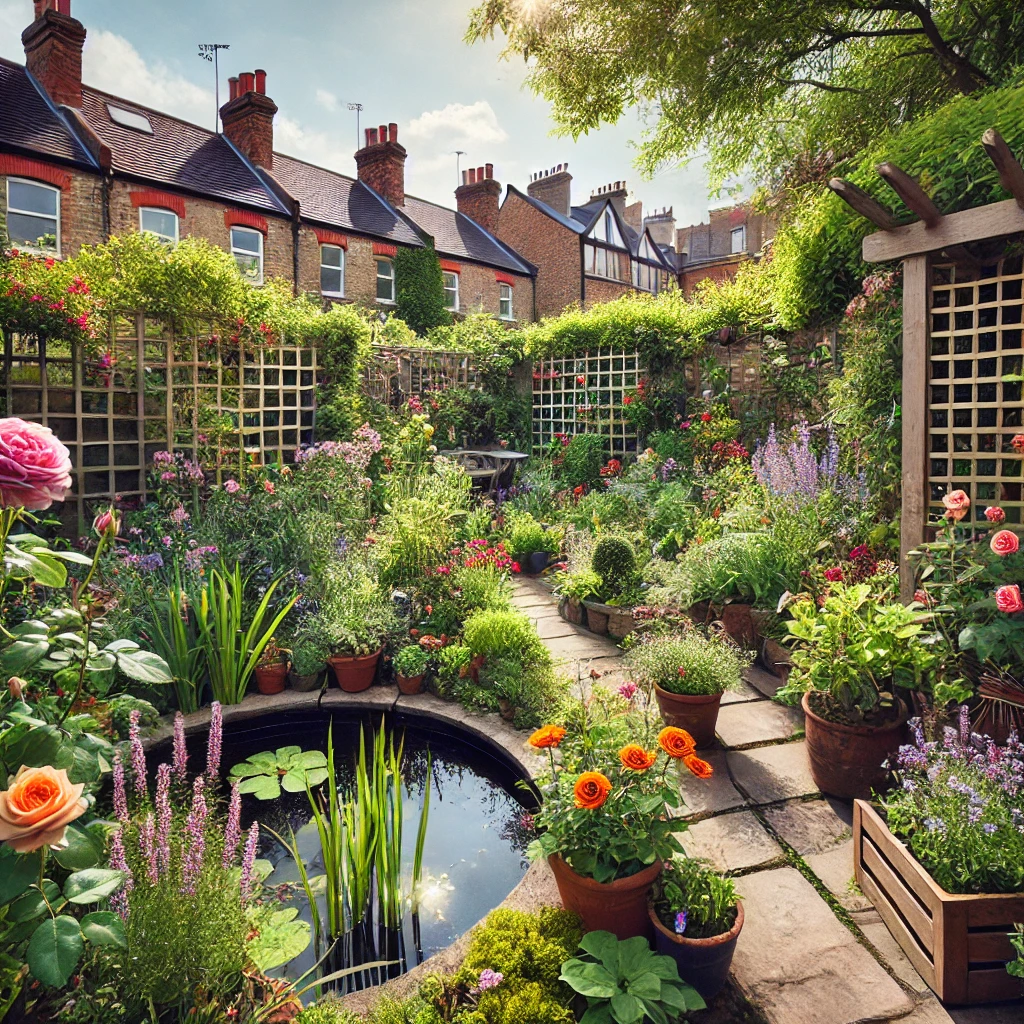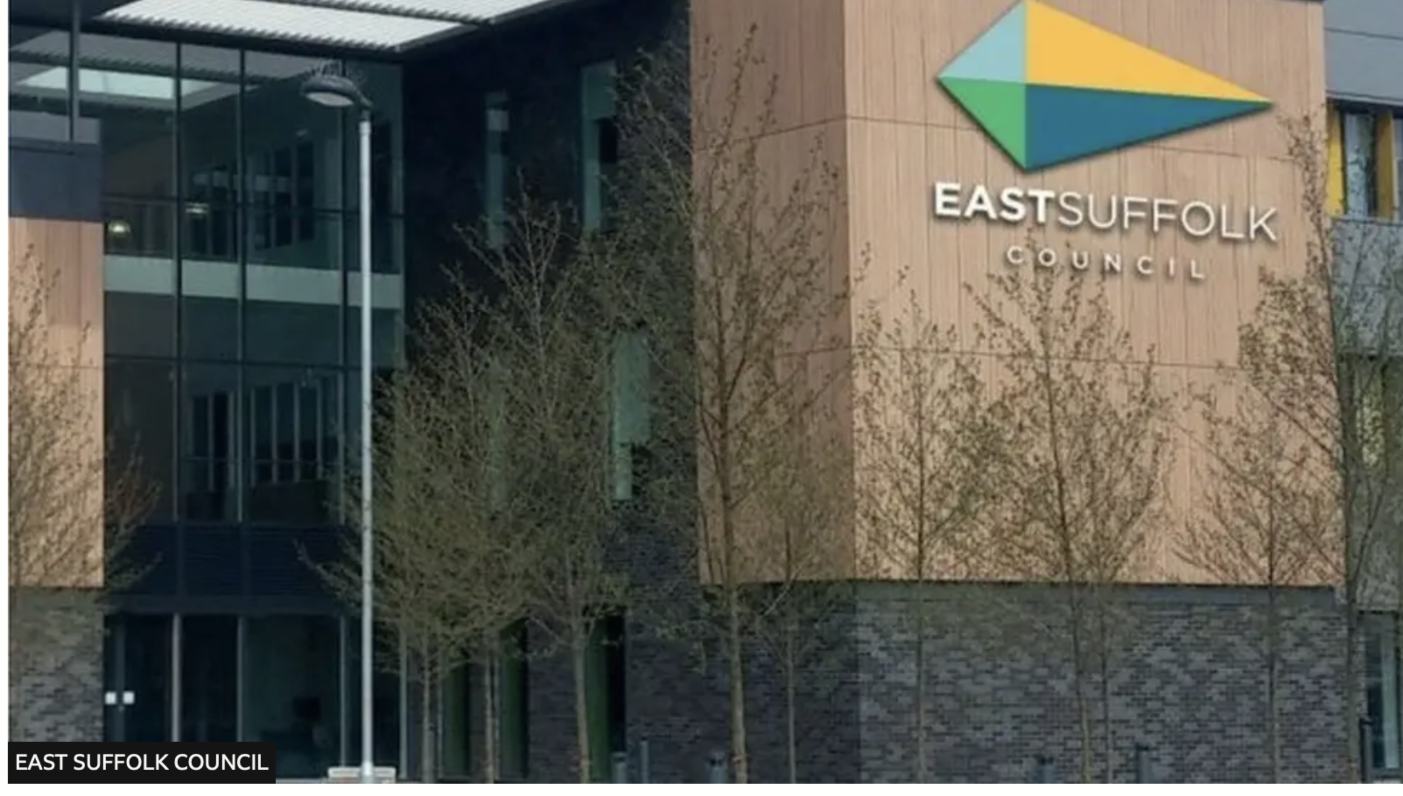A Southwold councillor has raised concerns about the profound impact of second home ownership on the town’s community and infrastructure. Independent East Suffolk councillor David Beavan criticized the dominance of second homes, framing it as a serious threat to the social fabric of Southwold.
These remarks come in response to new research by estate agent Yopa, which claims that the second home market contributes a staggering £43 billion to the UK economy. According to Yopa, London alone—with its 24,880 second homes—accounts for £11.6 billion of that total. While these figures emphasize the financial benefits, Mr. Beavan argues that the realities on the ground in places like Southwold paint a starkly different picture.
The Crisis in Southwold
“Only 1 in 3 houses in Southwold are actually lived in,” Mr. Beavan explained. “Roughly speaking, a third are lived in full-time, a third are holiday homes, and a third are second homes occupied only part of the year.” This imbalance, he asserted, is devastating for local communities.
Southwold’s streets, once bustling with year-round residents, are increasingly lined with homes that sit empty for much of the year. “We’ve got houses that have been empty for years. Maybe the second homeowner has passed away, and the property remains in limbo. It’s killing our community,” he said.
Adding to the problem, the financial allure of short-term holiday lets has backfired for some homeowners. “Holiday lets have had a pretty poor season. They’ve asked for too much money, and the tax advantages for second homes are not what they once were,” Mr. Beavan noted.
Potential Solutions
Despite these challenges, there is some hope. The introduction of a second home council tax next year could begin to address the issue. Mr. Beavan described it as “a good step forward,” but he also highlighted the presence of a loophole that, if addressed, could further benefit the community.
“One thing second homeowners could do to avoid the tax is let us use their properties for temporary accommodation in the winter. We’re so desperate for temporary accommodation that we’re having to house people outside East Suffolk while these homes sit empty,” he said. By making better use of unoccupied properties, the council could alleviate the housing crisis for vulnerable residents.
Comparative Situations Along the East Coast
The challenges facing Southwold are echoed in other East Coast towns like Aldeburgh, Wells-next-the-Sea, and Blakeney. In Aldeburgh, over 50% of homes are second properties, leaving the town eerily quiet outside of peak tourist seasons. Local businesses often struggle to find staff because of the lack of affordable housing for full-time residents. Similarly, in Wells-next-the-Sea, the influx of second homebuyers has driven property prices sky-high, forcing younger families to relocate further inland.
Blakeney offers a cautionary tale: with second homes now dominating the housing market, its primary school has seen dwindling enrolment numbers, threatening its long-term viability. Like Southwold, these towns are grappling with the delicate balance between tourism-driven economic benefits and the preservation of vibrant, year-round communities.
Looking Ahead
Mr. Beavan’s advocacy highlights a growing tension in many picturesque towns along the East Coast. While the economic benefits of second homeownership are undeniable on a national scale, the localized consequences for communities like Southwold are severe. Initiatives such as increased council taxes on second homes and incentives for temporary winter accommodations may provide some relief, but the broader challenge of maintaining community vitality remains.
Southwold’s plight serves as a microcosm of a wider issue that will require innovative solutions and a collaborative effort from local governments, residents, and second homeowners alike.


